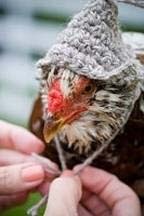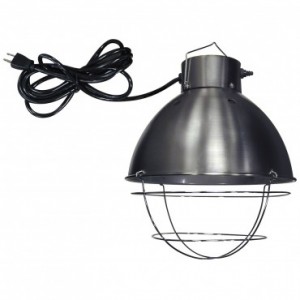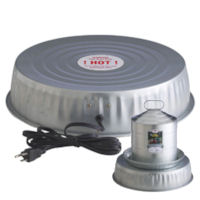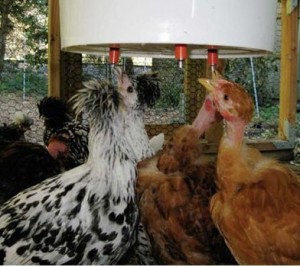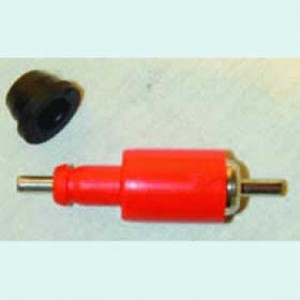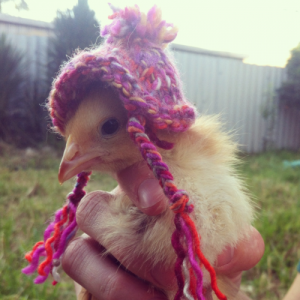The nights are becoming chilly at this time of the year. We’ve heard that many places are actually starting to experience a freeze at night. So now is a good time to get down to the chicken coop, talk to the girls, sing them a song and make winter preparations for your chickens.
Here are some quick suggestions:
- Time to clean the coop thoroughly, which means remove everything and wash the floor, walls and stands. We always spread some DE all around the coop. It is important to ONLY use food-grade Diatomaceous Earth for animal use, NOT the pool house supply! This will kill off any unwanted critters harmful to the chickens like mites and lice. We use DE all through the summer to keep the fly population down. This is a natural product that won’t hurt your animals.
- Fresh bedding makes for happy chickens. We provide fresh bedding of straw after each cleaning. Straw bales are not too expensive. We open up the strings, remove enough to spread around, and then retie the strings leaving the bale available for the chickens to play with. We find chickens are happy when they have something to do. They are very industrious critters and the bale of straw keeps them busy. Come winter time we always leave them a pile of straw outside the coop too.
- Check the coop for drafts. You do want some airflow, but large openings for drafts can make it too cold in the coop for the girls.
- Prepare a source for warming the coop. Usually a good heat lamp works great. Make sure you use the kind of heat lamp with the metal guard, just in case it should fall to the ground the bulb won’t touch the floor. The only difference between the white lamp and the red lamp is how much light you want in your coop. Our chickens take their rest in late summer from laying eggs and to molt and are ready again to produce eggs come winter. Giving them extra light will help them produce eggs in the winter. We set our heat lamp on a timer to provide light after sunset for 2 more hours, and to go back on providing light about 2 hours prior to sunrise. When it is very cold, we will have two heat lamps, one white light bulb for extra light and one red bulb for heat that stays on when the white bulb for light is off.
- Chickens need lots of clean water. We have found the best way to keep water the cleanest is by using poultry nipples installed in the bottom of a 5 gallon bucket. We hang this bucket so that the nipples are the height of the heads of the chickens. If you coop is heated in the winter, we find that this type of watering system won’t freeze. But if it does, no worries … it will thaw without breaking the nipples! Outside the coop, watering will depend upon how cold it gets during your winter. In more temperate areas where it warms up during the days, fresh water in a chicken waterer every morning does the trick. But if you are located in the areas of great freezing, you might want to get a heater for your waterer to sit on top.
- Feed needs change for chickens during the stress of the colder months. We keep feeding the basic feed, but add a corn based scratch as a snack. We continue to give them alfalfa hay every so often as a good source of protein. And remember I said that chickens are very industrious? Give them some special food sources to keep them busy like a whole cabbage head or whole carrots. And then the special treats: cooked oatmeal, pasta or rice. Leftovers are great to give the girls, but we cook these treats especially for them. They will love you for all wonderful things you do for them!

